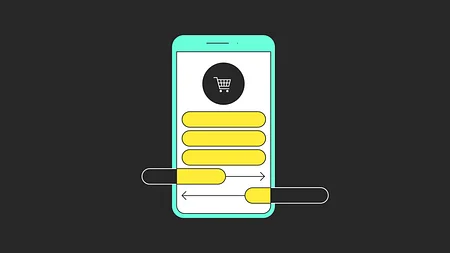What's hot in Southeast Asian digital banking?

The digital banking scene in Southeast Asia is hot right now. Over the past two years, it’s experienced some rapid changes. Changing regulations have triggered a mass of new players entering the market.
Regulators are partly responsible for these changes and the rise of digital banks. Regulators have pushed for digitalisation, financial inclusion and innovation in a number of Southeast Asian countries. Digital banks are seen as the perfect example.
In Singapore, regulators granted four digital banking licences at the end of 2020. In 2021, the Philippines Central Bank granted six digital banking licences. We’ve also seen a massive influx of new digital propositions in Indonesia as regulators made it easier for well-capitalised firms to launch digital banks by acquiring stakes in small traditional ones. With all these new entrants, which banks should we watch out for?
The highlights
In the Philippines, Tonik Bank launched in March 2021 and broke national records after reaching $100m in customer deposits in just eight months. In February this year, it closed a $131m Series B round to continue its expansion and roll out new digital products.
A lot of people in Indonesia have their eyes on Bank Jago after Gojek acquired a 22% stake in the bank in late 2020. Impressively, Jago reached profitability for the first time in the third quarter of 2021 (after six years of losses). The turnaround is impressive in such a short space of time and shows that being a digital bank is not just about acquiring customers and funding. There is solid potential to build a sustainable business and reap profits.
being a digital bank is not just about acquiring customers and funding. There is solid potential to build a sustainable business and reap profits.
Jago’s growth and path to profitability has been impressive, but Bank Neo Commerce’s digital bank - aptly called Neobank - has stolen the show in Indonesia in terms of customer acquisition. Like Tonik Bank, Neobank also launched in March 2021 and accumulated 13.4m new account openings in just nine months.
The Vietnamese market is demonstrating exciting growth and development, despite being a difficult market to launch a digital bank in. Cake, launched by VP Group and ride-hailing service Be, tapped into Be’s large customer pool to accumulate 1m users in 11 months after beginning operations at the beginning of 2021.
The growth of digital banks is not just limited to in-country operations. Regional expansion is on the cards for many players. Some of the big tech companies have already launched digital banks in several markets hoping to capitalise on the region’s market opportunity. Both Sea Limited and Grab have a banking licence in Singapore and have either launched digital banks in Indonesia or are planning to this year. WeLab, a fintech unicorn based in Hong Kong, also announced plans to launch a new digital bank in Indonesia this year - one to watch given its great performance in its home country.
Who wins?
Clearly there’s a huge demand for digital banking in Southeast Asia, but will it actually benefit the end customer? And who’s going to win the race?
The first answer is yes - this explosion in digital banks is going to be great for the end customer.
It’s changing market dynamics and driving innovation - among the new digital banks entering the market with fresh ideas and innovative technology, and the traditional banks who will be scrambling to keep market share.
Even if digital banks never beat traditional banks in terms of market share, increased competition is going to drive digitalisation and the need to better serve customers to stay competitive, and ultimately to survive.
However, it’s too early to tell if there will be a clear market leader.
Some players have seen massive growth in terms of adoption and new users while others haven’t enjoyed the same success. For every digital bank that breaks growth records, there are a handful of digital banks acquiring customers at a snail’s pace.
To win the race in the long-term, companies have to focus on two things: how to get into people’s mobile phones - electronic know-your-customer (e-KYC) and tapping into digital ecosystems. And how to stay on people’s mobile phones - by solving customers’ Jobs to be Done (JTBD).
E-KYC will be a huge driver in user growth. Countries where regulators have approved e-KYC have already seen a huge uptick in digital banking usage. E-KYC means that customers can sign up to a new account in minutes with only a mobile phone, an ID card and a selfie. So no long lines at the bank or having to spend time and money travelling to far away branches. E-KYC ultimately removes the issue of physical access - one of the major barriers for the unbanked and underbanked - and helps to remove the mental barrier customers have to switching banks.
Digital banks building digital ecosystems - or participating and strengthening existing ones - are embedding financial services into customers' lives through multiple touchpoints. Examples of this are Cake’s partnership with Be and Jago’s partnership with Gojek - both ride-hailing apps. Gojek, which boasts 190m+ downloads in a country of 270m people, goes one further by enabling customers to open a Jago bank account without ever leaving Gojek’s app.
Digital banks building digital ecosystems - or participating and strengthening existing ones - are embedding financial services into customers' lives through multiple touchpoints.
However, it’s one thing to get onto people’s phones - it’s another to stay there. In a region where demand is high and new competitors seem to enter the market every month, the fight for space on customers’ low-memory phones is high. Companies that can solve their JTBD will be the ones to ultimately win.



